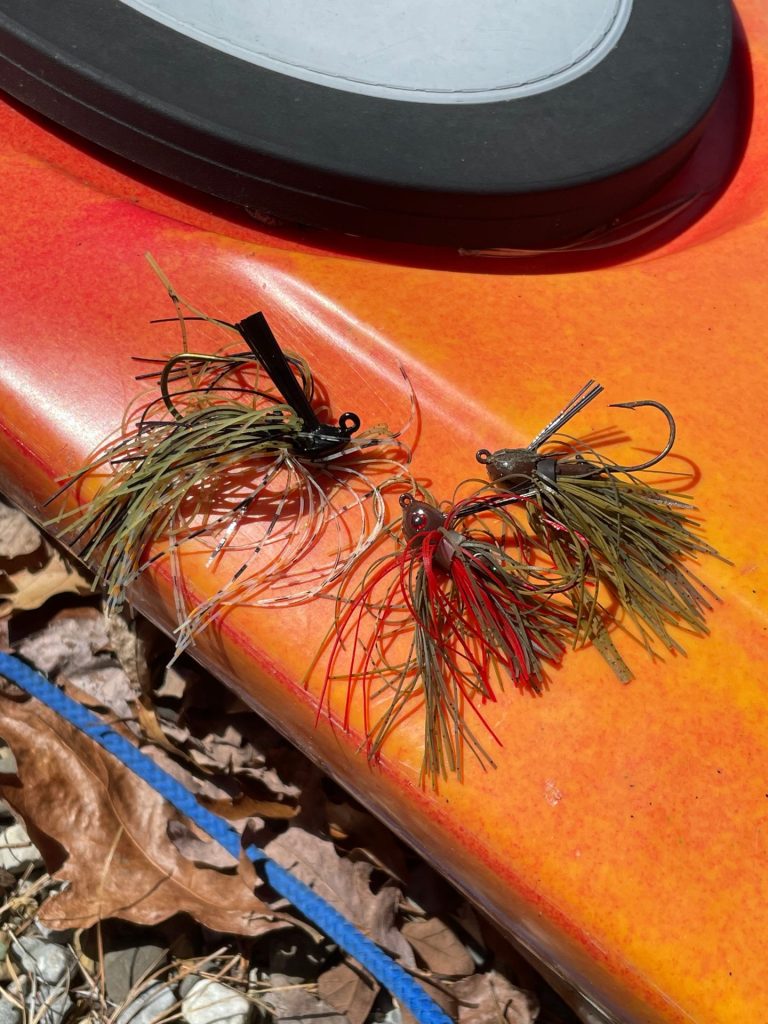
“Fishing is not an escape from life, but a deeper immersion into it.” ~Harry Middleton
Bass jigs can be highly effective on sluggish bass, especially in very hot or cold water. They can also be effective during the bass spawn, tips and techniques for which I wrote about recently in one of my posts.
And, interestingly enough, bass jigs, just like crankbaits and Rapala lures, often need to be tuned.
But whereas crankbaits and other plugs need to be tuned in order to track straight and true, bass jigs need to be tuned to provide optimum protection against snags and ensure a good hookup.
Out of the package, bass jigs feature a stiff weed guard, usually made of nylon, that is, in a word, not well optimized for fishing.
These nylon weed guards are oppressively stiff and too long. Out of the box, they’ll provide reasonable defense against weeds and other snags, but are prohibitively rigid, and can actually make solid hookups difficult.
Here are my two techniques for “tuning” them.
Trim It
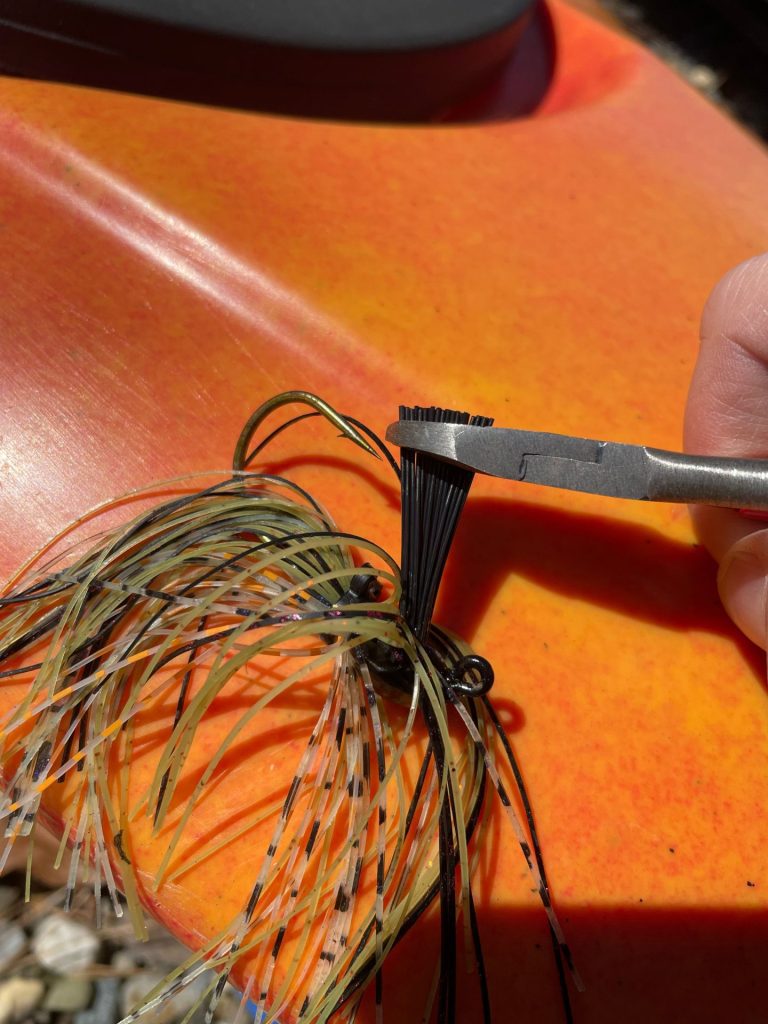
In many cases in life, it’s better to have more than you need. With a bass jig, this is not the case. The nylon weed guard is just longer and stiffer than it needs to be.
On one hand, this is good, because when folding backwards towards the point of the hook, it adequately covers it. But you don’t want your weed guard to do such a good job of preventing snags that you prevent it from snagging a fish!
I’ve lost a few fish, to be honest, because of overly stiff weed guards, and perhaps I share some of the culpability with less than an aggressive hookset, but nonetheless, the jig is partly to blame.
Anyway, what I like to do is trim the weed guards on my bass jigs until they just touch the point of the hook when pressed down.
Any shorter, and you’re liable to snag on weeds, woods, or rocks, and any longer, and you’re overdoing it – you might even lose a fish or two.
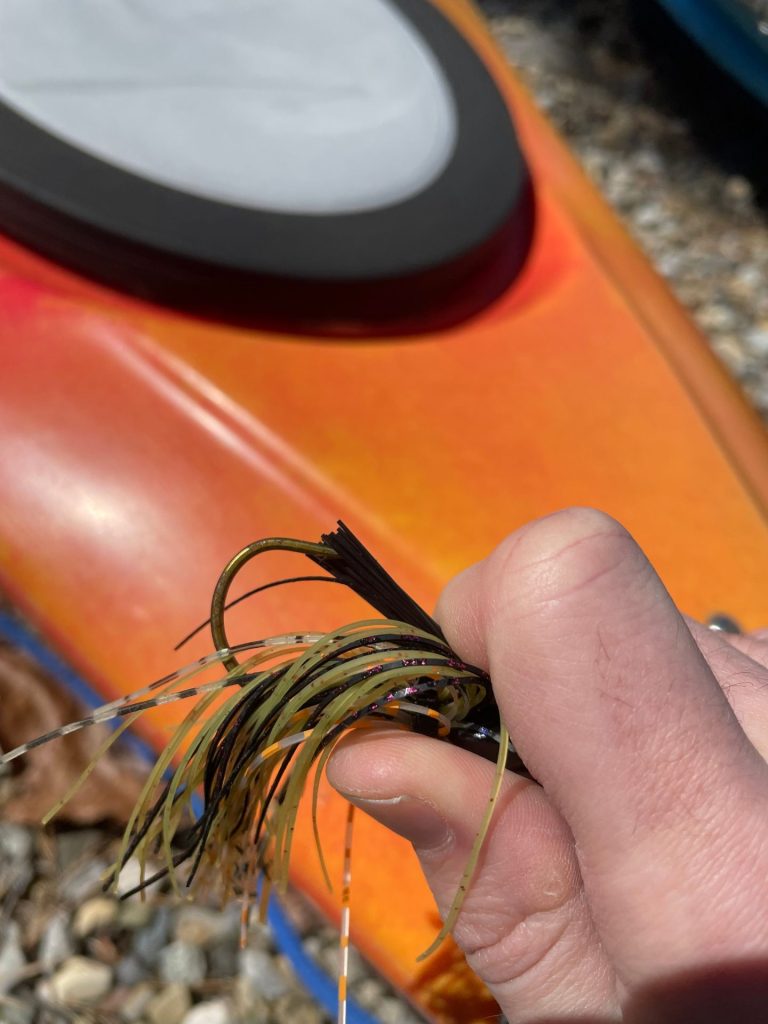
Spread the Weed Guard Out
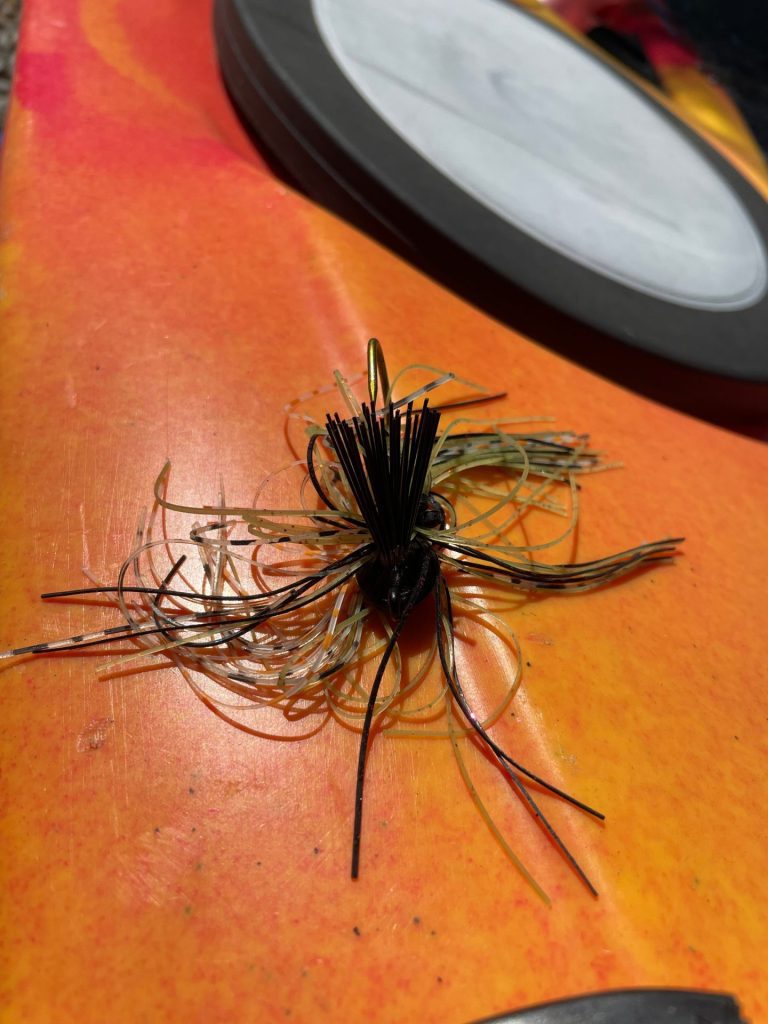
The next step in this two-part bass jig tuning process has to do with thinning out the weed guard.
You see, snags and weeds don’t just approach the point of the hook head on. Snags can come in from all directions. You need multi-layer, multi-dimensional protection.
So what I do is fan out the weed guard as wide as is reasonable. This helps prevent weeds from coming in at an angle and messing up the jig or coating it and ruining my presentation.
Fanning out the weed guard has the added benefit of further reducing the stiffness of the guard, which will help you on the hookset.
This can be a very important factor if a finicky fish ever takes your bait. We all know that angry bass can hit like a freight train, but sometimes cautious fish nibble and are quick to release anything that feels amiss.
If your jig’s guard is too stiff, you will lose most of these fish.
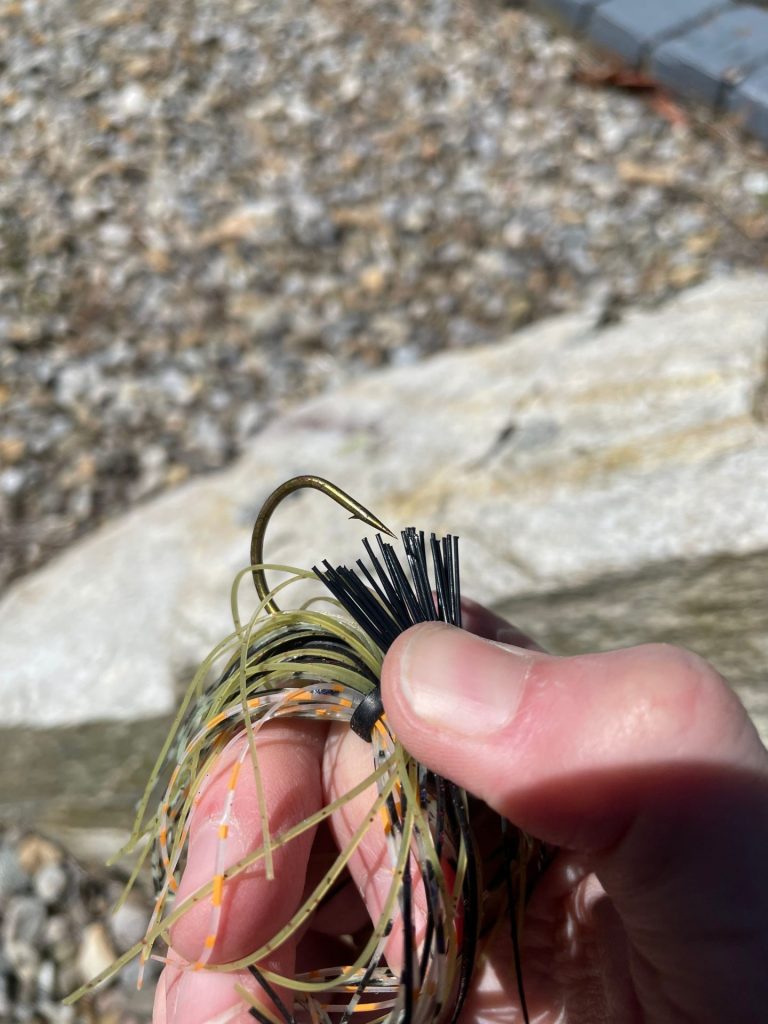
Do you need to trim your bass jigs? Absolutely not. But you might want to.
To recap, shortening the weed guard will help make hooksets easier, and fanning it out will provide better protection against snags that infract from multiple angles.
It couldn’t be easier.
Now you just need to set a trailer on that thing and start chucking it.
Tight lines.
~The Eclectic Outfitter